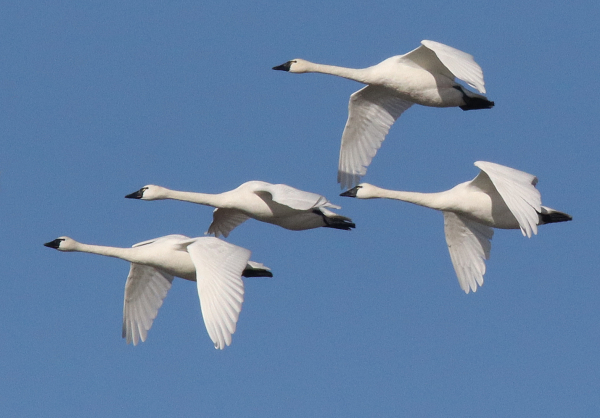
Looking ahead to the end of the year, on a windy Saturday after an overnight snowstorm I reviewed and copied all the digital photos I have selected and edited as the best photos I’ve taken throughout the year – day by day, week by week, month by month – into one computer file named “Best of ’23.” It’s a practice I go through each year, and I encourage you to do the same as we approach the end of the year. It was exciting to look at all my best photos at once, which amounted to a few shy of 600 photographs – WoW!
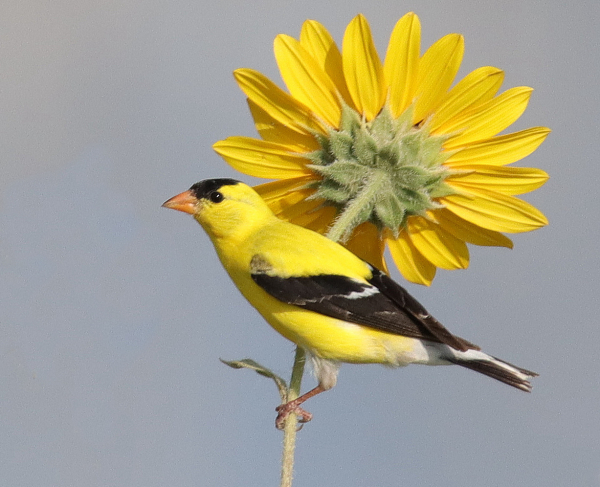
I’ve noted before that this has been one of the best years I’ve experienced for photographing birds, especially considering that I did a minimum of traveling out of my home range – aside from a trip to Florida. But wait, my year-end count didn’t include the Florida keepers, and it doesn’t include December’s best, yet; so there will actually be many more than 600 by the end of the year.

That considerable number of “best photos” is underlined by the fact that I’m improving as a photographer. And that’s one of the great things about photography, you are always learning, improving, and advancing as you enjoy every outing into the wild, or documenting the birds in your yard. Each photograph emphasizes the thrills and fun I had in the moment, and that enjoyment continues during the review and editing process when I see the results on my computer screen – our modern day digital darkroom.
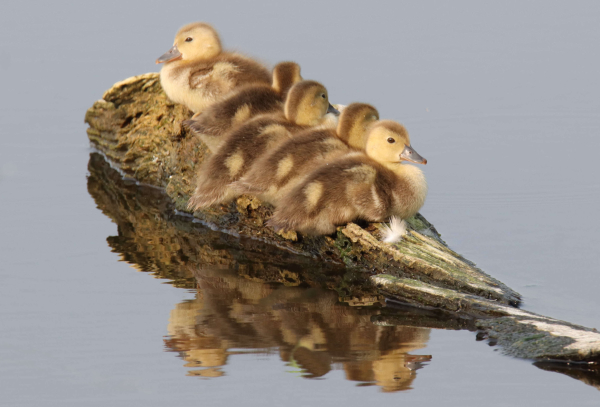
It’s also testament to the great equipment used, even though my camera and lens combo are among the most economical on the market. But today’s digital equipment is absolutely remarkable for the quality of images they can produce, and I can’t say enough about how much I enjoy using my Tamron 150-to-600mm zoom lens, for its versatility and the quality of images it produces.
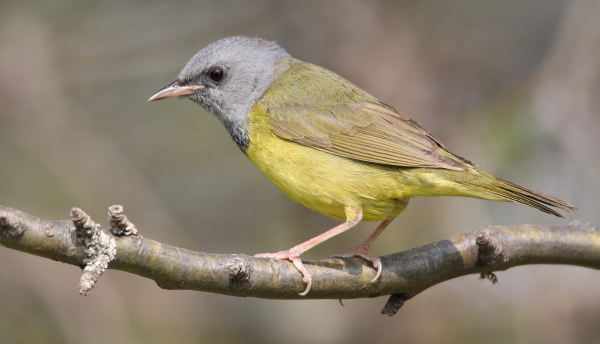
After using a 400mm lens for years, that extra 200mm the 600 provides really makes a difference too, and what has made using a 600 that possible is the built-in image stabilization feature, and the high-speed autofocus. In short, equipment, even the most affordable bird photography equipment, is a thrill to use and appreciate the resulting photos.

Another element in this year’s success is the diversity and abundance of birds I encounter in my home range, and it’s also a reflection of my dedication to searching out photo subjects, near home and by surveying surrounding areas for miles in each direction of the compass during birding drives. As a birder and as a biologist I have always covered a lot of landscape and it’s paid off.
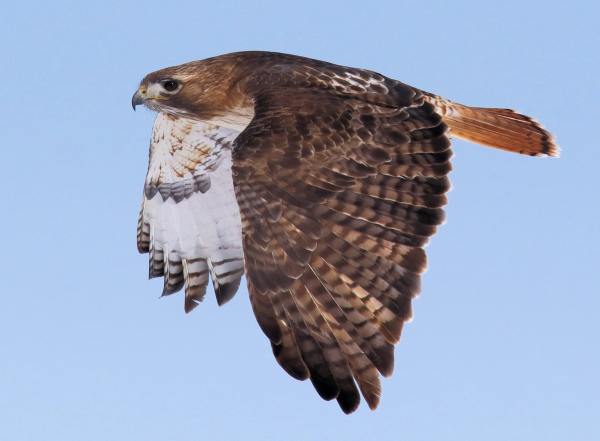
And then there are the birds! Each year is different, and this year was spectacular for birding in my corners of Dakota, and many birds were especially trusting of my approaches and presence, often allowing me to watch and wait and take a variety of photos to choose from – that was often the case – bird by bird, flock by flock.
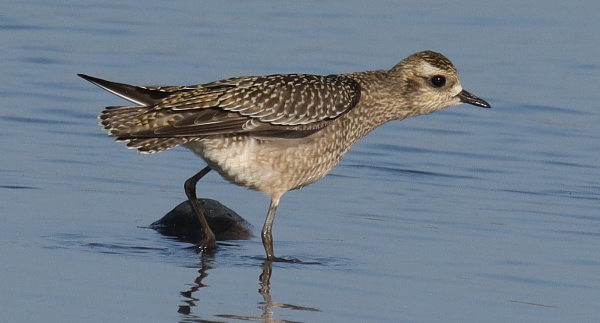
The bottom line is that I was very, very lucky! I always emphasize the importance of luck in bird photography, but as some folks point out, we make our own luck, and with years of experience, adequate equipment, and making the most of an hour or more in the field during sunny days, I was especially lucky. Timing also has a lot to do with it; waiting for a sunny day, or sunny hour; timing photo periods during afternoon or morning hours. Keeping in touch with where the birds are and what they are doing day to day, week to week – it all adds up. So there you have it, a recipe for making 2024 a super year as a bird photographer – as a hobbyist or at any level you find yourself these days.

As I provide the above year-end round-up, the main purpose of this article is to have an opportunity to share the best of the best photos I took this year. But because there are so many that I want to share and provide insights about, this will be “Part 1” of a 2-issue selection of photographs from 2023. Actually, “Part 2” is provided in my Editor Afield article in this issue. And I will follow through with “Part 3” of my Best of ’23 next week in the Bird Photography feature. I hope you enjoy the photographs; it’s been quite enjoyable organizing the images, and it has inspired me to do a little more traveling next year to continue my improving my photos and adding to my files of bird photographs.
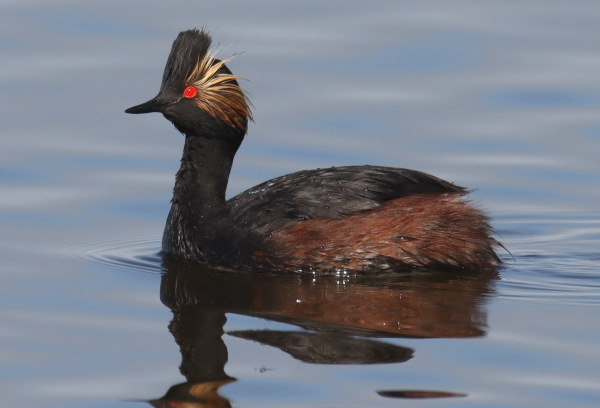
Please also let me share my best tips and techniques for photographing birds, which we recently published as a Bird Photography article a few weeks ago in the October 25th issue. You can refer to Birding Wire and Good Luck!
Article and photographs by Paul Konrad
Share your bird photos and birding experiences at editorstbw2@gmail.com